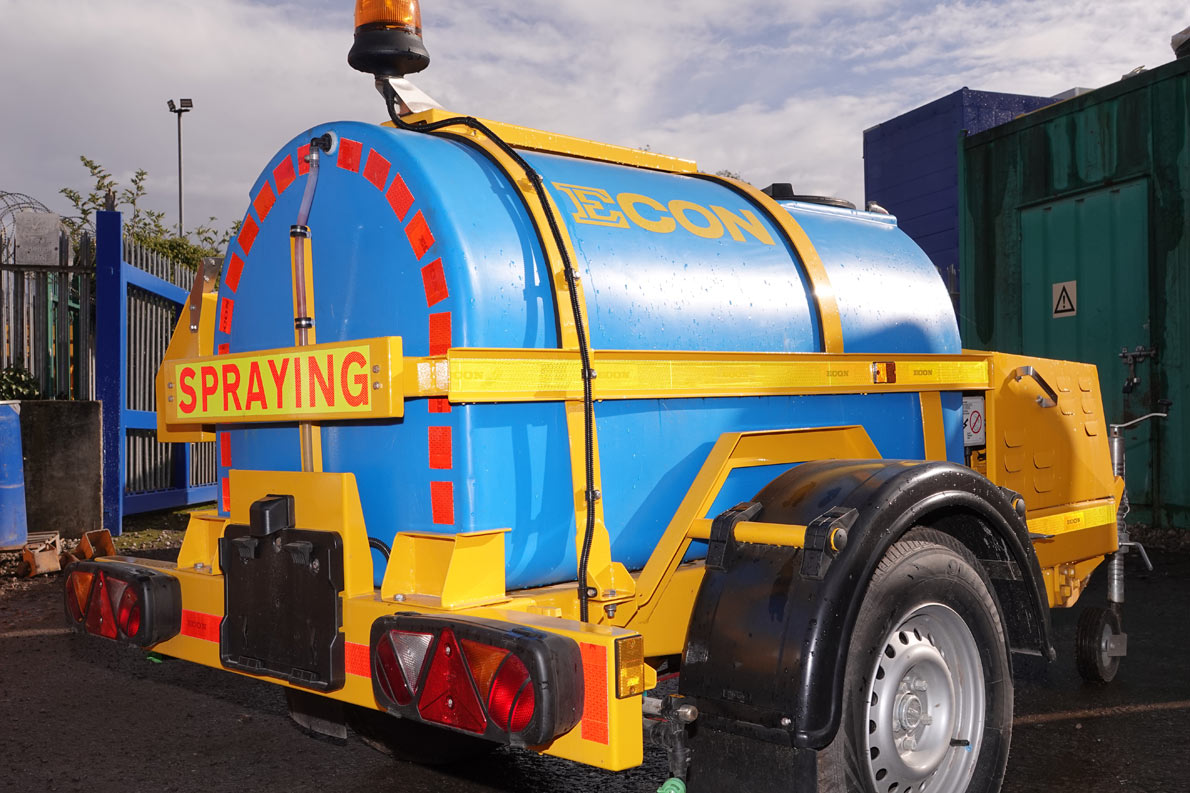
Andrew Lupton, Sales Director at Econ Engineering reviews the growing demand on authorities to keep cycle lanes and footways clear this winter and explains which equipment and products offer the best effectiveness.
What are the challenges?
An area for authorities to consider in their winter service plan is the growing popularity of cycle lanes which are used to travel to work and for leisure purposes. Ensuring the winter fleet includes the appropriate equipment and products is key to keeping these lanes ice free.
According to ‘We are Cycling UK’, 4% of commuters travelled to work by bicycle (2018 statistics) and this is increasing. This may seem a small percentage, however in places like Cambridge, nearly 41% of people use a bicycle at least three times a week.
It is no surprise that during the current pandemic more people are choosing to stay away from public transport and instead use a bike or walk to their final destination. There are therefore more obligations on authorities to keep cycle lanes and footways clear from ice and snow this winter.
What are the alternatives to solid salt?
Traditionally, solid salt crystal which is used on the highways requires the vehicle traffic to assist with the brining process. Traffic is needed to help break down the salt for it to then start working on treating or preventing ice. Footways and cycleways are more reliant on the material itself to anti-ice or de-ice the surface as they do not have the large vehicle tyres to assist with the process.
One of the other issues with larger particles of solid salt, is it can create a slip hazard particularly on a bend or at a junction. Liquid treatment reduces this risk.
Benefits to liquid
Liquid offers significant benefits when treating footways and cycleways and it has the added benefit of working immediately, meaning it also provides an effective protection against the formation of ice, as well as lasting significantly longer.
Liquid solutions can come with anti-corrosion inhibitors which are obviously beneficial for use on areas where there are items that may corrode such as bridges and street furniture.
Dependent on the sprayer you use, you are able to accurately distribute liquid ensuring less wastage of the de-icer product.
You also use less chemicals in the application of liquid de-icer to achieve similar results to solid salt.
We’ve established that liquid is the preferred choice of application for cycleways and footways but what is the best way to apply it?
The most efficient and effective way to apply the liquid to narrow access routes is via a liquid trailer sprayer. A trailer which can be towed by any small plant vehicle or 4×4 with a two-tonne payload is perfect. As the trailer is self-powered by it’s axle’s driven hydraulic system there is no need for an auxiliary engine which are both expensive to maintain and noisy. This is especially important at a time of day when there is little ambient noise to dampen the sound.
A trailer which has adjustable flow, patterns and spray widths is essential in meeting the differing demands of the routes and the inclusion of a handheld lance for street furniture and bridges is an added bonus.
Completing routes with a limited tank capacity is a widely reported issue often meaning that support vehicles had to follow the sprayers. Consideration should be given to a trailer which allows sufficient tank capacity to complete over 80 kilometres without refilling, therefore reducing the reliance on a support vehicle to refill.
Andrew Lupton from ECON added “From listening to customers it was clear that there was a gap in the market for this type of vehicle. Keeping cycleway and footpaths safe for pedestrians and cyclists is becoming more and more important.
“Liquid is by far the most effective and safest product to use on cycleways and footpaths and as the use of these increases, it is vital authorities look to using the latest innovated products to assist in the safety of these routes.”